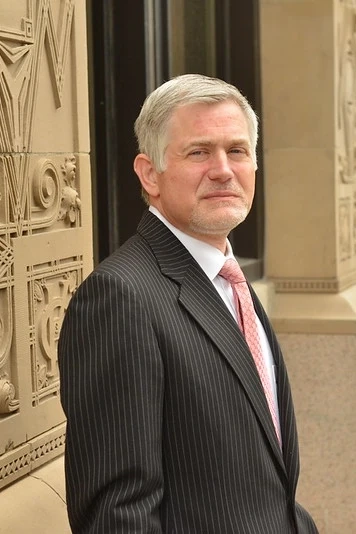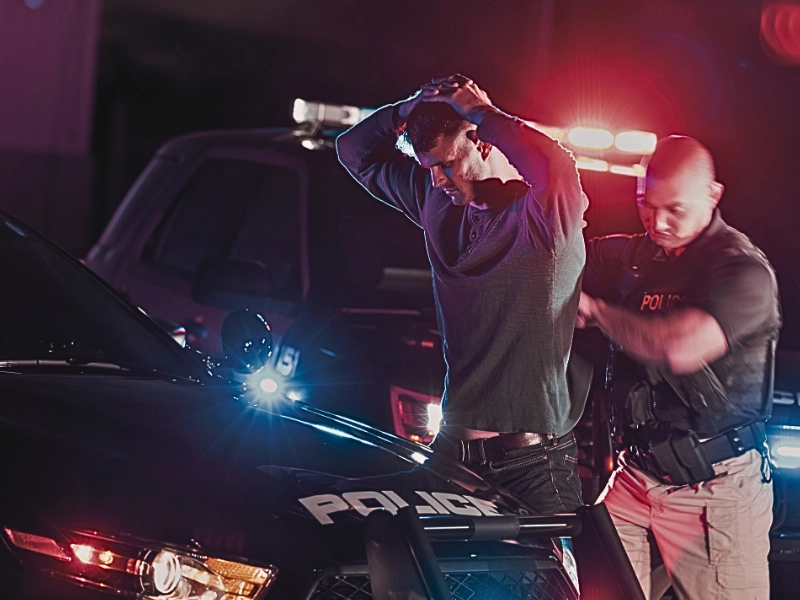Prior to the Labor Day holiday we discussed the intense law enforcement presence on Minnesota roads seeking to enforce Minnesota drunk driving laws. Events, celebrations and holidays often bring increased patrols, as police think that more people will be out on the roads who may be impaired because of changes in routine associated with an event.
Minnesota courts have found DWI checkpoints to be unconstitutional in this state, although such roadblocks are authorized under the federal constitution. Our state courts essentially have found (based upon criminal defense arguments) that traffic stops that are made in the complete absence of a particularized suspicion of an offense violate the fundamental principle that the government is barred from unreasonable searches and seizures. A DWI roadblock is essentially a suspicionless stop used to fish for evidence.
In Minnesota, saturation patrols are one method that police use to increase DWI enforcement efforts. The extra officers look for minor violations, such as a broken taillight or a minor moving violation, to justify a traffic stop.
Often during these increased patrol efforts, police will focus on specified alleged violations. This year was no different. Over the Labor Day holiday, law enforcement agencies across the state sought to raise awareness of the important “Ted Foss Move Over Law,” according to the Duluth News Tribune.
Nobody wants our law enforcement officers to be killed while conducting their duties. The move over law requires that driver’s on a multi-lane road move over (or slow down if moving is impossible in traffic) for a stopped emergency vehicle with its lights flashing. The law was enacted after a state trooper was killed conducting a routine stop on I-90.
In states where sobriety checkpoints are authorized (38 states use the roadblocks according to the Governor’s Highway Safety Association), the United States Supreme Court has provided guidelines to maintain constitutional principles to protect free rights. Let’s hope that combining the move over law in Minnesota with DWI enforcement is not becoming a de facto roadblock without safeguards in its use to nab unsuspecting drivers who are surprised by a stopped emergency vehicle along a multi-lane road.






